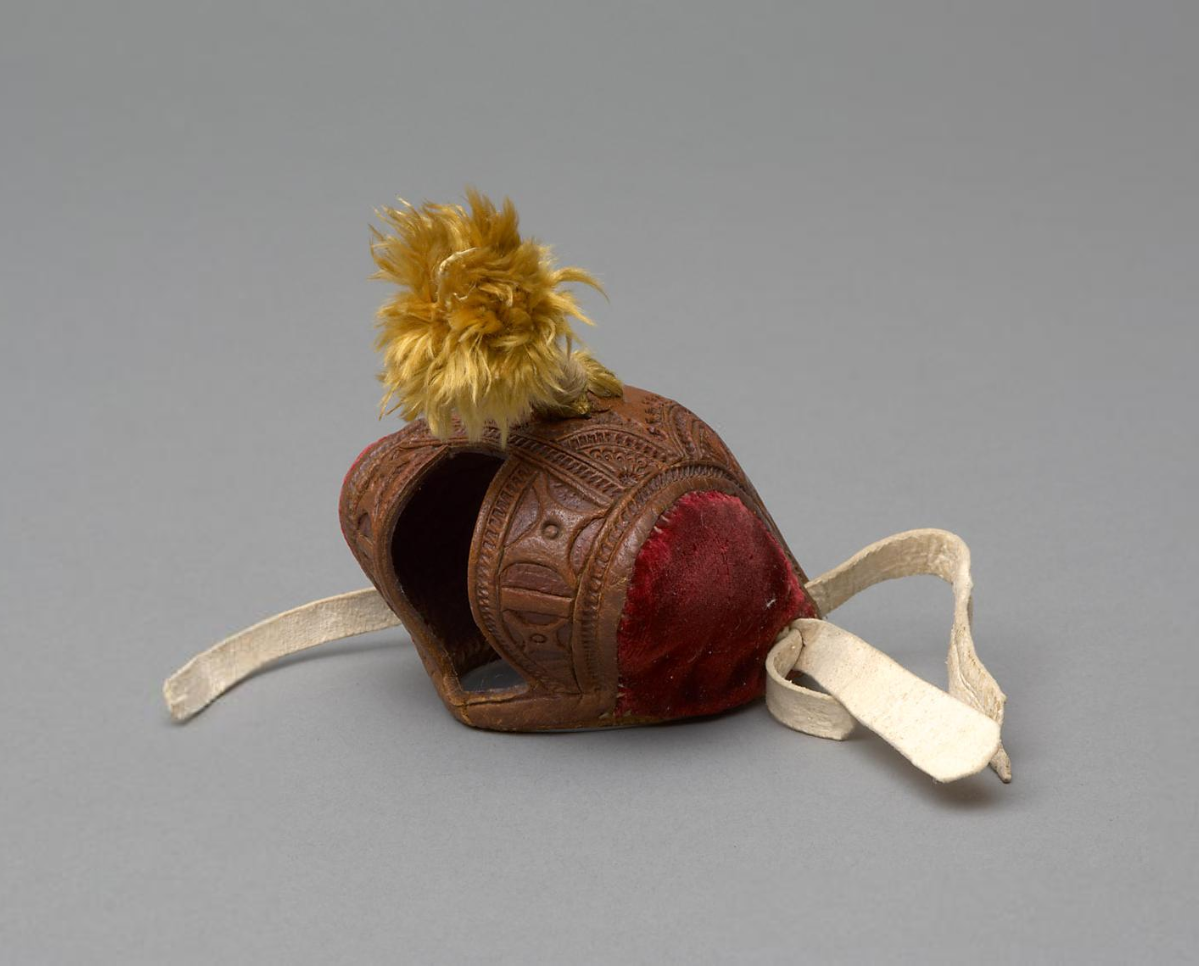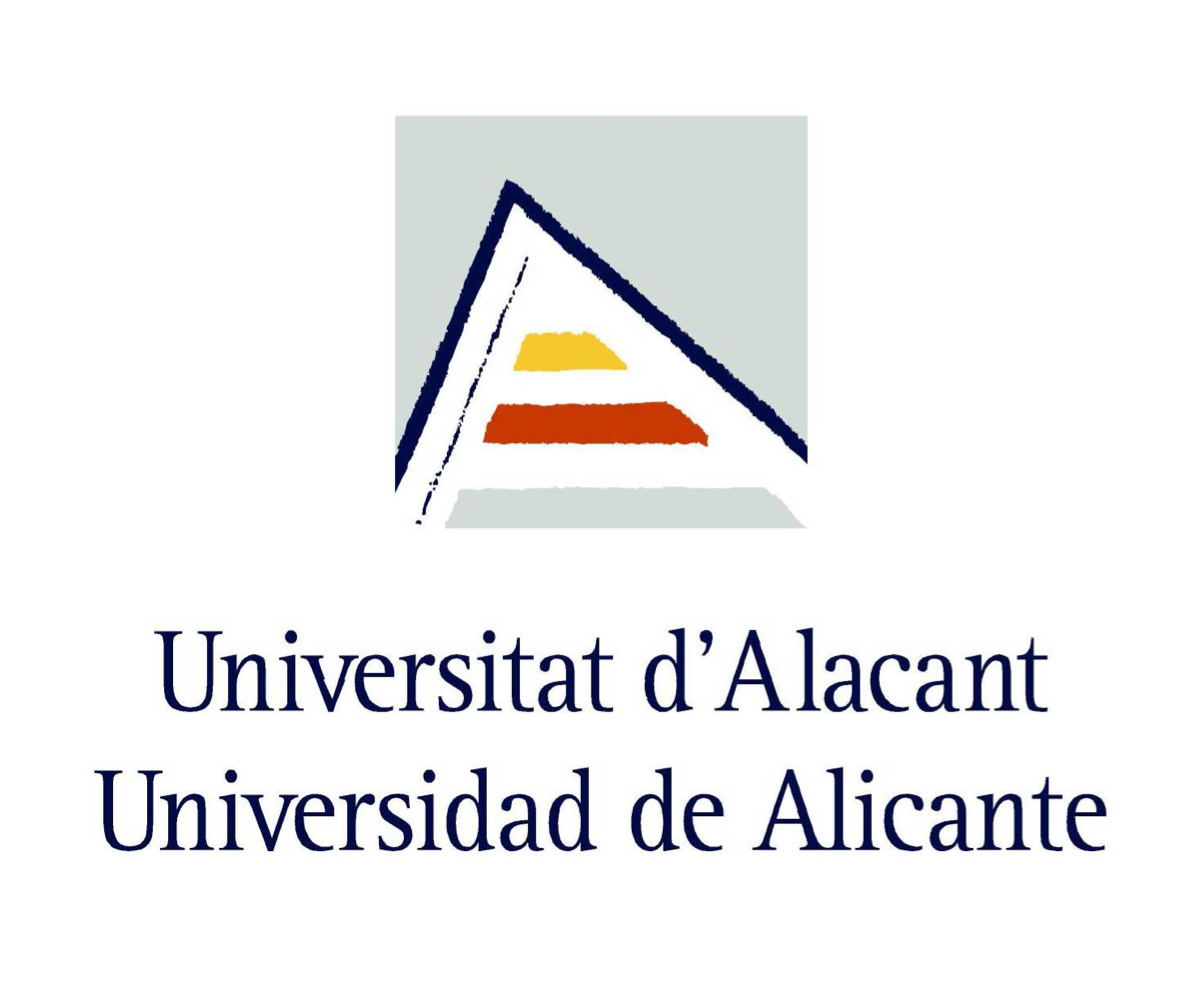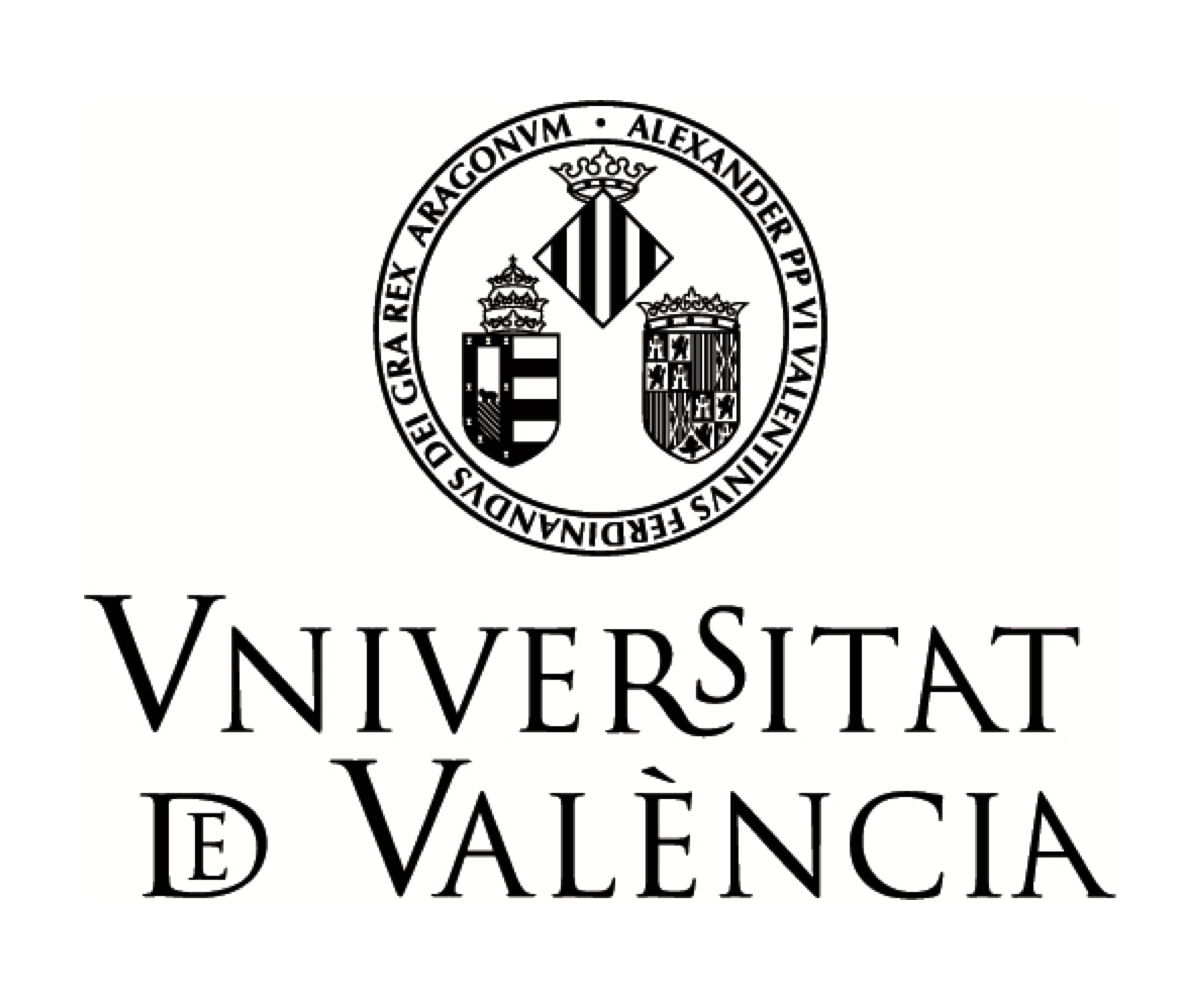Sources
Falconry was a very common activity among late medieval and Renaissance society, and as a consequence it left its mark on many fields, as well as a material and textual reflection, both of which have now become valuable sources for studying its history. The FalconAr research project aims to systematically explore these records as the basis for studying the history of hunting with birds. Listed in this section are the main sources with which we are working, and we offer some additional information about them.

Falconry treatises
Treatises on hunting with birds constitute one of the most important sources for studying medieval falconry.
We have proof of the circulation of many of these technical works in the territories of the Crown of Aragon, where, besides some translations, original works in the different languages in use in this territory were also composed, basically Catalan, Italian and Occitan.
Some of these treatises have already been published – more or less successfully – so one of the goals of our research project is to ensure that all of them have suitable critical editions, revising the existing ones and publishing the texts that are as yet unpublished.
In addition, we shall include on this webpage digitized versions of the established transcripts of the treatises, so that they can be consulted online.

Archive documents
Archive documents are another of the fundamental sources for studying falconry in the Middle Ages and the Renaissance. One of the most interesting things about them is that they offer us information related to this activity that is missing from the treatises, referring especially to the social aspects of it.
Continuing and going into greater detail in the pattern established by some researchers who have already compiled abundant archive documentation associated with falconry in different territories of the Crown of Aragon, one of FalconAr’s fundamental goals is to expand and systematize the search for documents that may supply information about hunting with birds, exploring the numerous historical archives in which they are conserved.
This task, which is currently being fully conducted, entails the entry of the said documents on a database that has been designed and created for this purpose and which makes it possible to recover information in order to study it efficiently.

Literature and other textual sources
Falconry appeared in the verses of poets and the prose metaphors of writers, and in doing so it left its mark on literature, something that has been studied and exploited more or less thoroughly or systematically in some languages, for instance French, German or English, for certain periods.
Other textual sources such as bestiaries, encyclopaedias, agronomy books, chronicles and sermons, among others, also offer relevant information for knowledge of hunting with birds in the Middle Ages in the Crown of Aragon. In the field of Catalan literature we have some one-off studies that, far from exhausting the research, clearly show the possibilities these sources offer for studying falconry.
Therefore, another of FalconAr’s goals is finding these sources, cataloguing them and entering them on a database.
Iconography
One of the sources least exploited for studying falconry has without doubt been iconography: the depictions of birds, falconers or hunting scenes in some of the many supports and techniques that were used during the Middle Ages and the Renaissance, such as frescos, sculptures, tapestries, miniatures, stained glass windows, oil paintings, and so on. Aware of the existence of a project to find and catalogue depictions associated with falconry throughout Europe, and to enter them on a database (Falconlcon), developed by Professor Baudouin Van den Abeele, we at FalconAr have set ourselves similar goals for the more limited area of the Iberian Peninsula and the Crown of Aragon, and we look forward to a fruitful collaboration between both projects.

Objects (material sources)
Despite the large number of hoods, bells, gloves and leashes that were made and used by hunters during the Middle Ages and the Renaissance, very few of these objects have survived. Due perhaps to their scarcity, these instruments have barely featured in the research into the history of falconry, despite the great usefulness of taking them into consideration to complete the information supplied by texts and images and, with this, to gain a proper understanding of some aspects of the history of hunting with birds. Therefore, at FalconAr we have begun searching for these objects, kept in different museums in Europe and in private collections, in order to enter them on a database that will allow for an exhaustive study of this source for the research.



